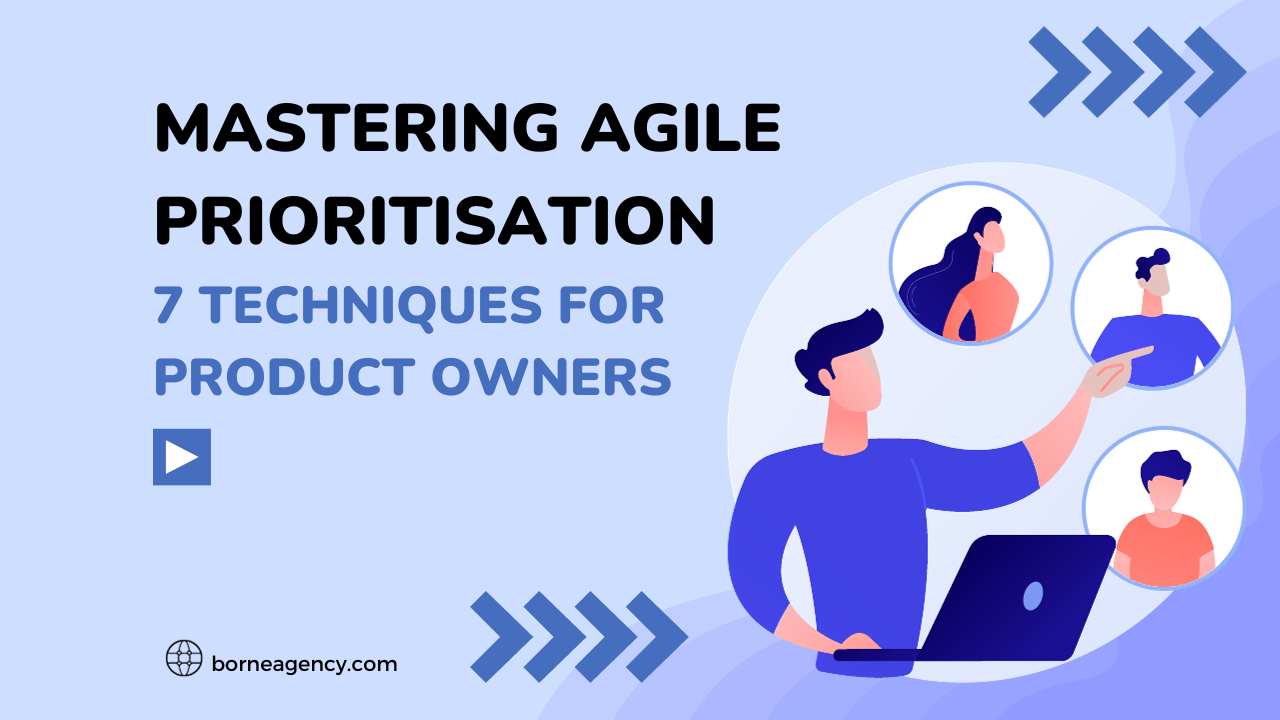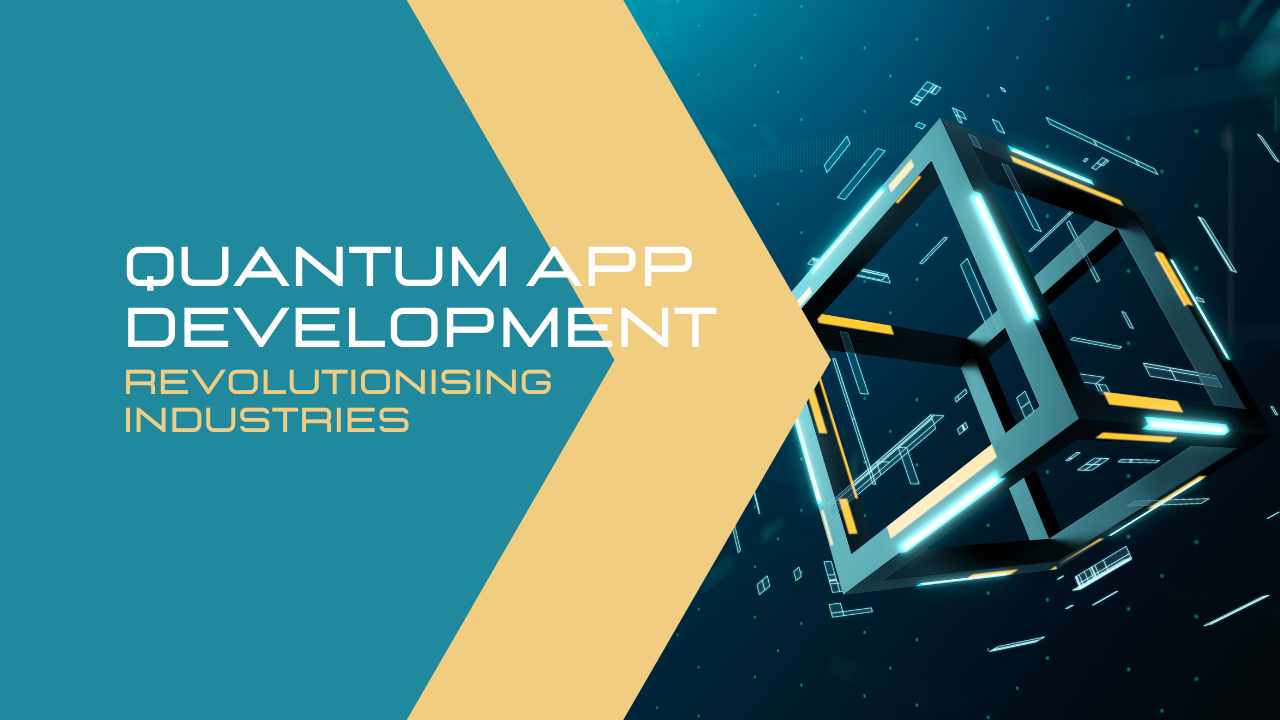Oct 15 - 4min readPivot! Prioritise Your ProductBy Launchbase
At Launchbase, prioritising the right features is key when building a new or extending an existing product. Each aspect of our team from designing, engineering and product have internal expectations of what features are most important ranging from:
What will bring the best user experience?
Management pressure to deliver specific requirements
When it comes to designing, and building products, satisfaction may not necessarily come from using what they have built, but rather it comes from providing a product that can help clients and users solve problems by creating the solution. For product owners, there is a dual responsibility to the business and to their users. Not to be forgotten are the users, who just need a product to solve their given problem.
So, the question is, how do we keep these internal motivations in check and focus on delivering the right product?
Interrogation of Features
We at Launchbase feel like it is important to ask these questions when collaborating on a product with our clients:
“What do you think about an experience like x?”
“Is this feature important to your business?”
“Is this technically feasible?”

These are all great ways to interrogate a given feature idea. Through a continued shared understanding of the business needs and goals, the team can begin to understand and the needs of users. In this environment the responsibilities, user experience, technical implementation, and the business are shared across the team. Whenever a feature/idea comes up that proves difficult or complicated to define, we split it into smaller features that we can then take forward to prototype, test, and validate. Sometimes all the sub-features are essential and sometimes one will do. But some features may be based on assumptions that require further research. This is the beauty of agile development.
Prioritising Your Product
Once our team has prioritised the list of features, we begin with the building phase. What gives us success in the prioritising process was a shared understanding of the goals and limitations. At Launchbase, we implement three main processes to manage our priorities during the build phase. Firstly, we conduct remote stand-ups regularly amongst our team to keep track of status updates and allow issues to be raised quickly so we can amend your priorities for the product accordingly.
Our team also conducts remote weekly status updates which focus on the process of the product build, rather than the product overall. Finally, there is the aptly named planning meeting. Basically, we get in a room and review our listed priorities and confirm that we are happy with the order and if not we rearrange them as a team. However, over the course of the pandemic, these meetings have shifted from in-person meetings to remote coffee Slack sessions. We also use this meeting to set up our next sprint by selecting the work that is to be completed by the sprint-period.
It’s helpful to look at each of these meetings as opportunities to pivot our priorities. In the stand-up, we can pivot quickly to fulfil the product-focused needs of today. In the retrospective, we are there to pivot the team-focused needs of the week and in the planning meeting we are considering the longer-term impact of our approach. With these build phase rituals in place the team can be certain that every day will take them closer to achieving their goal of building an agile, stand-out product.
Our Team Make-up
Product owners come from a variety of backgrounds so each potential background can lead to differences in prioritisation. We focus on maintaining balance by weighing out business, design, and engineering equally. Some types of product leads include:
The technical product lead
These leads are optimal as they have a deep understanding of the technical system we are trying to build. Oftentimes, this can be the CTO and/or a former developer. With these leads in mind, it is important for the build team to help close the gap between the technical implementation and user needs. The smaller the gap between the two, the more likely that the entire team can become user advocates.
The non-technical product lead
In this case, the technical side of the team (designers and engineers) need to play an educational role, while gleaning as much product knowledge as possible. Non-technical leads often understand users that can’t be taken for granted. Because of that it may be worth the designer over-balancing towards the developer to ensure that the technical reasoning for prioritising features is equally well respected.
The design product lead
As you can imagine this is the inverse of the technical product lead. Having a deep understanding of UX is a big bonus, so in this case it’s up to the engineer to deliver a palatable technical picture as to what the potential obstacles are to the potential features. The designer again, can take a more facilitative rather than creative approach and work with the product owner to shape their ideas.
When faced with the prospect of building a new or extending a current digital product, it is natural to feel tense across business needs, technical needs, and user/design needs. The pressure from management can be overwhelming and when we humans are overwhelmed we tend to dive into the water headfirst before looking at what’s down there. When you are next in this position on the build team or as the product owner, it’s important to take some time to get the team’s goals in line.
Team members have diverse backgrounds and experiences and the more open and equal the environment, the clearer the communication. With a healthy communication structure and a shared set of goals, prioritising your new or existing product should be a piece of cake. Our team understands that by prioritising the right features, users can experience the full potential of a product by solving issues that the client had thought to address in the first place. We at Launchbase have put the measures in place to create a collaborative and agile team of builders, designers and managers that will pivot your ideas in the right direction towards a successful launch and beyond.
Have you got an idea for a product that can help clients and users solve problems by creating the solution?
Get in touch with us.



